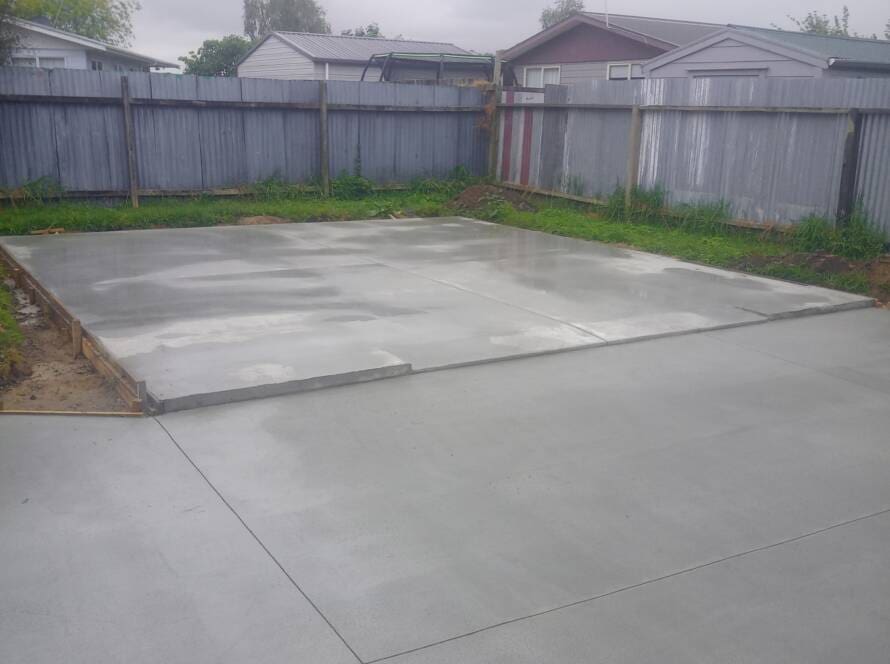Concrete is known for its strength and durability, making it one of the most widely used building materials in construction. However, despite its resilience, concrete can still develop cracks over time due to a variety of factors such as weather conditions, load stress, and improper installation. If left unchecked, cracks can compromise the integrity of the structure and lead to further damage. Fortunately, repairing cracks in concrete is a manageable task if approached correctly. This guide will walk you through the steps and techniques for repairing different types of cracks in concrete, ensuring the longevity of your surface.
Understanding the Causes of Concrete Cracks
Before diving into the repair process, it’s essential to understand why cracks form in concrete. The most common reasons include:
- Shrinkage: As concrete dries and hardens, it naturally shrinks. If the water content is too high or the curing process isn’t adequately controlled, shrinkage cracks can develop.
- Temperature Fluctuations: Extreme temperature changes cause concrete to expand and contract, leading to thermal cracking.
- Structural Overloading: Concrete has a high compressive strength, but if subjected to loads beyond its capacity, cracks can appear.
- Settling or Foundation Movement: Uneven settlement or movement in the foundation can put stress on the concrete, causing it to crack.
- Chemical Exposure: Certain chemicals, like de-icing salts or acids, can degrade the surface and cause cracking.
Once you’ve identified the likely cause of the cracking, you can determine the best repair method to prevent future occurrences.
Tools and Materials You’ll Need
Before starting the repair, gather the following tools and materials:
- Chisel and hammer
- Wire brush
- Concrete crack filler (polyurethane, epoxy, or a pre-mixed concrete repair compound)
- Caulking gun
- Trowel
- Concrete bonding adhesive
- Bucket of water
- Protective gloves and goggles
- A hose or spray bottle for dampening the area
Step-by-Step Repair Guide for Concrete Cracks
1. Prepare the Crack
Start by cleaning the crack thoroughly to ensure proper adhesion of the repair material. Use a chisel and hammer to widen the crack slightly if necessary, creating a “V” shape. This will help the filler material bond better with the concrete. Remove any loose debris and dust with a wire brush, then rinse the crack with water to clean it completely.
Pro Tip: Avoid using a pressure washer too close to the crack, as this can cause further damage. Instead, a gentle hose or spray bottle should suffice.
2. Dampen the Area
Concrete is porous, so it’s essential to dampen the crack with water before applying the filler. This prevents the surrounding concrete from drawing too much moisture from the repair material, which could weaken the bond. However, avoid over-saturating the area—damp but not wet is the goal.
3. Apply the Crack Filler
Depending on the type of crack and its width, you can use different products:
For Hairline Cracks (less than 3mm): These small cracks can be filled with a liquid filler like polyurethane or epoxy. Using a caulking gun, inject the filler directly into the crack. Smooth the surface with a trowel, removing any excess.
For Larger Cracks (3mm to 13mm): Use a thicker, pre-mixed concrete patch compound. Press the compound into the crack using a trowel, making sure it’s tightly packed. Level off the surface for a smooth finish.
For Structural Cracks (greater than 13mm): Structural cracks require an epoxy injection system or a heavy-duty crack sealant. These systems involve injecting epoxy resin into the crack to restore the structural integrity of the concrete. Be sure to consult a professional if you are unsure about repairing large or deep cracks, as they may indicate more significant structural issues.
4. Allow the Repair to Cure
After the crack has been filled, the material needs time to cure. This step is critical to ensure the repair is durable and long-lasting. Curing times vary depending on the product used—typically between 24 to 48 hours. During this time, it’s crucial to keep the area moist to prevent the patch from drying too quickly and cracking again.
Pro Tip: Cover the repair with plastic sheeting or damp cloths to retain moisture during the curing process, especially in hot or windy conditions.
5. Finishing Touches
Once the crack is fully cured, inspect the area for any signs of shrinkage or voids. If necessary, apply a second coat of filler to achieve a level surface. Finally, apply a concrete sealer to the entire surface to protect the repair and prevent future cracking. Sealers help to lock out moisture, which is a common cause of further cracking.
Prevention Tips to Avoid Future Cracks
Repairing cracks is essential, but preventing future cracks is even more critical. Here are a few tips to help prolong the life of your concrete surface:
- Proper Installation: Ensure concrete is mixed and poured correctly, with adequate curing time to reduce shrinkage cracks.
- Control Joints: Installing control joints at appropriate intervals can help manage the natural expansion and contraction of concrete, minimizing cracking.
- Sealing: Applying a high-quality concrete sealer every 2–3 years will help protect against moisture and chemical exposure, reducing the likelihood of cracking.
- Drainage: Proper drainage around the concrete surface prevents water from pooling and freezing, which can lead to cracks.
When to Call a Professional
While DIY crack repair is feasible for small, superficial cracks, it’s essential to recognize when to call in a professional. If the cracks are deep, extensive, or indicate a more serious structural problem, such as foundation settling, it’s best to consult experts like RockSolidWorx. With over 20 years of experience in the Hamilton & Waikato region, RockSolidWorx specializes in advanced concrete solutions and repairs. Whether it’s a driveway, patio, or site works, their team can ensure a high-quality, long-lasting repair that meets industry standards.
Conclusion
Concrete crack repair is a crucial maintenance task that helps extend the life of your concrete structures. By following these steps and using the right materials, you can effectively repair cracks and prevent further damage. However, if you’re unsure about the severity of the cracks or need professional assistance, don’t hesitate to contact RockSolidWorx. Their skilled team provides tailored concrete solutions, ensuring your surfaces remain strong, durable, and crack-free for years to come.




